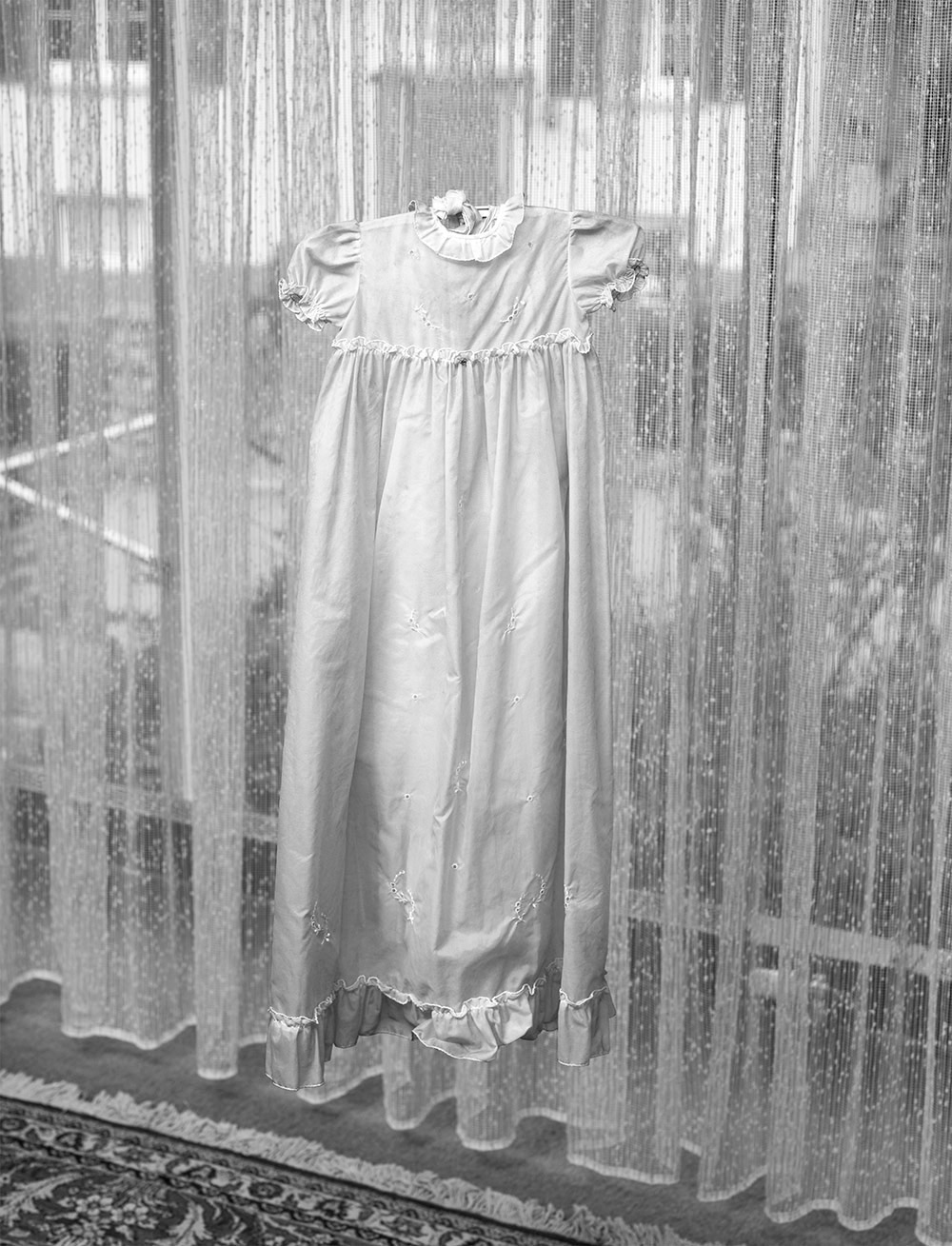Photobooks of 2019: Terri Weifenbach
Christmas Day, Bucks Pond Road by Tim Carpenter
My main criteria for photo books is that they are carried by the photographs. This means the photographs must be uniquely strong in regard to their existence. Dependence on words in such books is minimal. Tim Carpenter’s book is exactly this with quiet persistence— image sentences without periods, the spaces in-between, looking and seeing, the white sky day, all in a walk for an unknown length of time, but not a short walk or one toward something nor walking away. Details are important, nothing is gratuitous. This book is whole from the front cover, the cover image setting the feel becomes the beginning. Before one opens the book you are already there. There is precedent for this work, The Pond by John Gossage, (the walk, the looking) Candlestick Point, Lewis Baltz, in it’s music-like pauses within and between the pages (though I’m thinking of the wall installation of Baltz’s work.) and Robert Adams’s entire oeuvre, in its care for the soul. But Carpenter’s walk is his, and ours. He shows us what photography can be for the artist— subject matter in the service of. Painters know it, writers know it. Tim knows it.
Taken from Memory by Sheron Rupp
In the book, Rupp’s images extend from the early eighties to 2008. Though one might not know this by looking and in truth is not important, with the notable exception that it shows Rupp’s remarkable consistency. These images rival, in color sense, corporeality and transitory moments, the staged images of our generation. The amazing fact here is Rupp finds this naturally, in the world, without intervention other than finding a way of relating in order to keep photographing. These images have emerged again, remaining unchallenged by any photography of their kind in the intervening years. They occupy a place, not removed or objective and also are not sentiment or commentary. They are, it seems, real.
The Unforgetting by Peter Watkins
I don’t honestly know how to write about Peter’s book. But I know I’ve not seen or felt one like it. It seems stripped bare, but is incredibly full at the same time. The book itself has no bells, whistles, nothing in the careful design to call attention to anything but the photographs. So they are before us, raw, building complexity as one turns each page. Peter’s eloquent essay is placed late in the book, a reveal of the clues we slowly receive through the photographs. We know we have been permanently changed. Memory is a complex abstraction tenuously tethered to reality. Through the recollections on the death of his mother in his childhood, Peter shows us as much about the nature of memory as he does about loss.
Should Nature Change by John Gossage
An intensely beautiful and thoroughly disquieting book. Our future showing in the faces and bodies of young artists, small US towns, fires and Gossage’s signature depictions of possible mistakes. This book addresses our biggest mistake. The photos are recent but the strong sense of pallor is our suggested future. This book needs to be read rather than looked at.
The Pillar by Stephen Gill
How can I not choose this book? What is it to be a bird? Most, but not all depicted, are birds of prey… and going through the book, one never is bored. The pillar hosts life. Gill set up the pillar and the camera, the latter to shoot upon detecting motion. He walks away, he edits. And we see birds as never before in awkwardness and grace, as themselves.
A Typology of British Cherry Blossom by Sam Vale
If we admit that being a photographer requires a certain amount of obsession, then it follows that an archive of 323 cherry blossoms of quite similar attributes goes straight to the heart of the philosophical issue. Dr. Vale has included just enough science, just enough rigor and just enough words (not many!). This book feels perfect in the hand. It’s bound in light pink cloth with blood red foil stamping and a nice ribbon marker so you don’t lose your place. It also comes with one pressed, dried cherry blossom, typology written on the back.
Aya by Arguine Escandon and Yann Gross
There is a written historical story here and a very interesting one. The photographs however are multi-layered and duplicitous, showing us a search both about the story and about mystery itself. Looking through this small diary-like book (with closure snap), I also found astounding images; a woman holding what appears in size and color to be an angel’s wing to images of the deep dark jungle. Aya is a word for “ghost”. It inhabits these pages through the images and enhanced by the adept design.
Terri Weifenbach was born in New York City and resides in Paris, France. Bookmaking is central to Weifenbach’s artistic practice. She has authored more than nineteen titles. Most recently published is Des Oiseaux : Terri Weifenbach by Editions Xavier Barral, 2019. She is a Guggenheim Fellow having received the distinction in 2015.
Images: top – The Unforgetting by Peter Watkins, below – Taken from Memory by Sheron Rupp, A Typology of British Cherry Blossom by Sam Vale







1 Comment